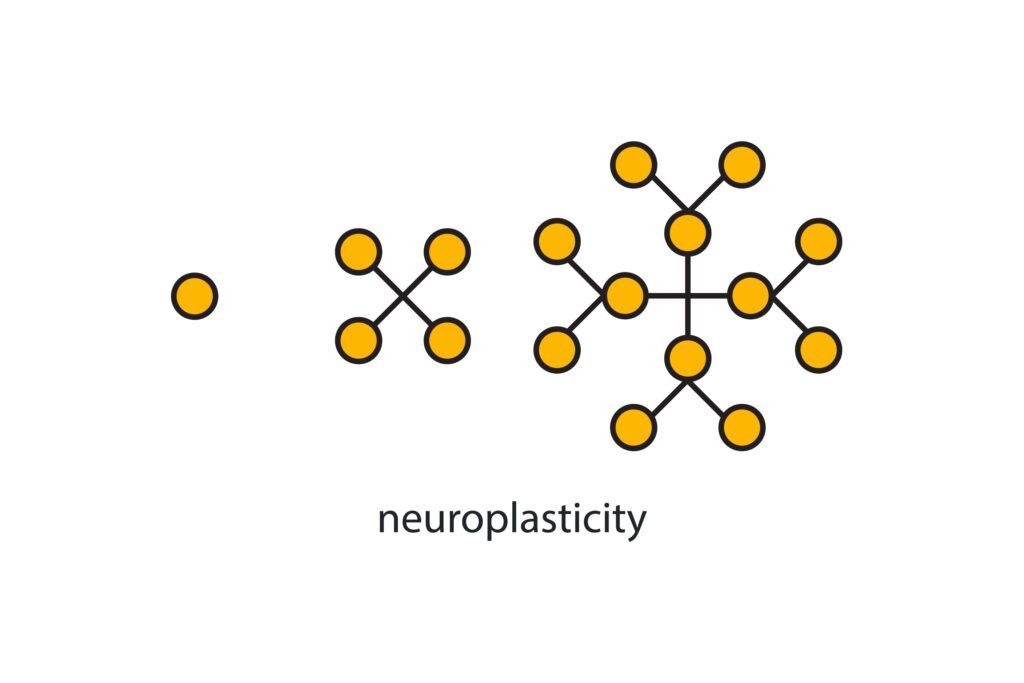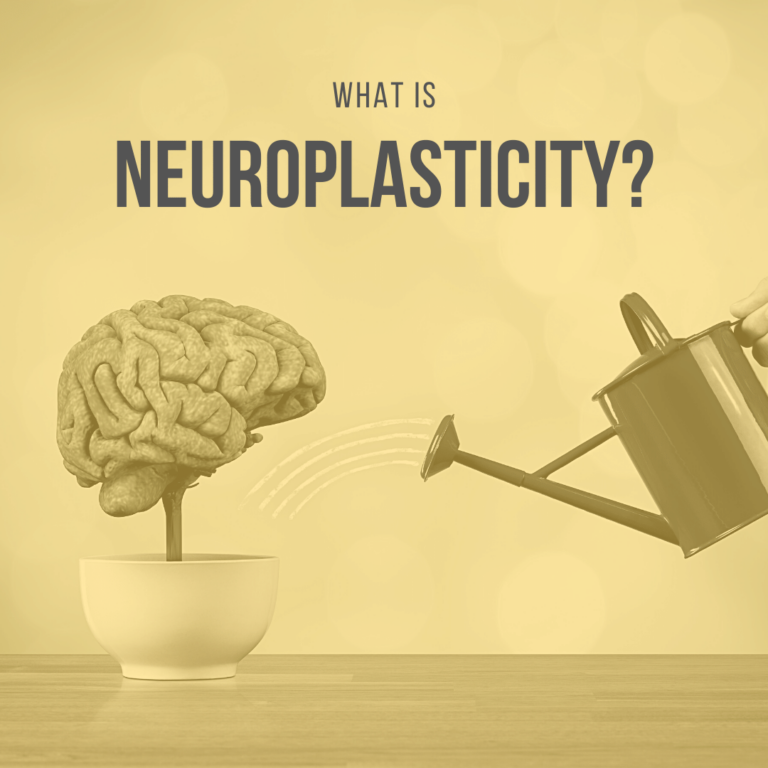What is neuroplasticity? This is a question that has been asked by many people, and it is a topic of great interest to scientists and researchers. The term “neuroplasticity” refers to the brain’s ability to change its structure and function in response to experience. This means that our brains are not static; they are constantly changing as we learn new things and encounter new situations. In this blog post, we will explore the concept of neuroplasticity in more detail. We will define what it is, discuss its two different types, and explore how it can be applied to psychology and learning. We will also look at the potential negative effects of neuroplasticity, and discuss ways to improve one’s neuroplasticity.
So, what exactly is neuroplasticity?
Neuroplasticity is the brain’s ability to change its structure and function in response to experience. This means that our brains are not static; they are constantly changing as we learn new things and encounter new situations. There are two different types of neuroplasticity: structural plasticity and functional plasticity.
- Structural plasticity refers to changes in the brain’s physical structure, such as the formation of new connections between neurons (nerve cells).
- Functional plasticity, on the other hand, refers to the brain’s ability to move functions from a damaged part of the brain to an undamaged area.
So how does neuroplasticity work?
The basic theory is that neurons (nerve cells) communicate with each other by sending electrical signals. These signals are passed from one neuron to another through synapses, which are small gaps between the cells. When a signal reaches the synapse, it causes the release of chemicals called neurotransmitters. These neurotransmitters travel across the synapse and bind to receptors on the next neuron, which causes that neuron to become active.

Neurons that are used frequently make stronger connections, whereas those that are seldom used will eventually die away. This is one reason why children around the age of three have 15,000 synapses per neuron, while adults only have about half that number. This decrease is known as synaptic pruning and it is an essential process that allows the brain to:
- adapt to new situations
- learn new things
- recover from strokes or traumatic brain injuries
- strengthen damage part of the brain
It is also important to note that neuroplasticity can change slightly depending on factors such as age. For example, young children have brains that are more “plastic” than adult brains, which means they can learn new things more easily. However, this does not mean that adults cannot learn new things; it just takes them a bit longer. This also means that children are more impressionable when it comes to responding to certain experiences.
We must also note that neuroplasticity is not an infinite process and that there is a limit to what can be accomplished. For example, certain parts of the brain are designated to specific functions. Unfortunately, when these areas are damaged, other parts of the brain cannot completely replace their function, meaning that some function may be permanently lost.
The Negatives of Neuroplasticity
So far, we have mostly discussed the positive aspects of neuroplasticity. However, it is important to note that neuroplasticity can also have negative effects. For example, some types of brain injury can cause changes in the brain that lead to impairments in cognitive function. These changes are due to neuroplasticity; when the brain is injured, it changes in order to try to compensate for the damage.

In some cases, these changes can be helpful and result in a partial recovery of function. However, in other cases, the changes can be detrimental and can lead to further impairments. For example, substance use, abuse, trauma, or disease can all cause detrimental changes in the brain. Some diseases and medical conditions can even restrict normal neuroplasticity.
It is also important to note that neuroplasticity is not always a good thing. Some types of learning, such as bad habits, can also be due to neuroplasticity. For example, if you frequently engage in a certain behavior, such as smoking or overeating, the brain will change in response to this behavior. These changes can make it difficult to break the habit.
What can you do to improve your neuroplasticity?
No matter your age, there are always a few ways to improve your neuroplasticity. Here are a few things that you can do:
Stimulate your brain:
Learning new things is one of the best ways to stimulate your brain and improve your neuroplasticity. However, simply creating an environment that requires focused attention, novelty, and challenge is also enough to provide brain stimulation that can improve neuroplasticity. Besides learning new things, you can try traveling, creative pursuits, or reading.
Rest:
Getting enough sleep is important for many reasons, including neuroplasticity. When you sleep, your brain is able to consolidate memories and form new connections. In fact, sleep plays a key role in allowing your brain to form strong connections between neurons, which improves neuroplasticity. Not only that, but getting enough sleep is important for both your physical and mental health.
Exercise:
Exercise has many benefits, including improved neuroplasticity. Exercise has been shown to increase the number of neurons in the brain and improve the connections between them. Regular physical activity has also been shown to prevent neuron loss in areas of the brain dealing with memory. Therefore, it is recommended to get at least 150 minutes of moderate intensity cardio and two days of strength training exercise per week.
In Conclusion
In this blog post, we have discussed neuroplasticity: what it is, how it works, and ways that you can improve your neuroplasticity. By following these tips, you can improve your neuroplasticity and thus enhance your cognitive abilities. Give it a try! You might be surprised at what you can achieve.

Dr. Kashouty, a diplomate of the American Board of Psychiatry and Neurology (ABPN), practices general neurology with fellowship trained specialization in clinical neurophysiology. Dr. Kashouty finds the form and function of the nerves and muscles the most interesting part of neurology, which is what led him to specialize in neurophysiology with more emphasis on neuromuscular conditions. He treats all neurological diseases, but his main focus is to treat and manage headaches, movement disorders and neuromuscular diseases.




